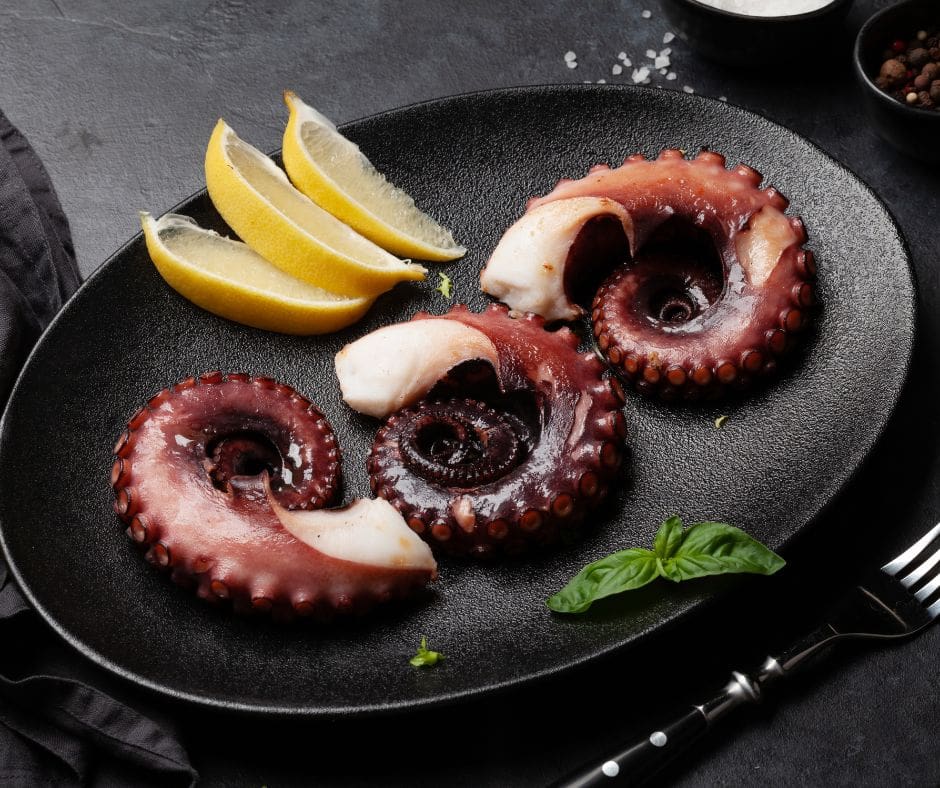The Delicacy of Octopus in Costa Rica: Unique Preparations and Culinary Traditions
Among Costa Rica’s culinary delights, octopus holds a special place, reflecting the country’s coastal bounty and gastronomic creativity. This article explores what makes the preparation of octopus in Costa Rica distinct and why it’s a must-try for seafood enthusiasts.
The Culinary Significance of Octopus in Costa Rica
Octopus, known locally as “pulpo,” is a staple in Costa Rican cuisine, particularly in coastal regions. Its preparation is influenced by a blend of indigenous, Spanish, and Afro-Caribbean culinary traditions, resulting in a variety of unique and flavorful dishes.
Traditional Preparation Methods
- Marinated and Grilled Octopus
– Preparation: One of the most popular methods involves marinating the octopus in a blend of local spices, citrus juices, and herbs. This not only tenderizes the meat but also infuses it with a burst of flavor.
– Cooking: The marinated octopus is then grilled over an open flame, giving it a smoky aroma and a slightly charred, crispy exterior while keeping the inside tender and juicy.
– Serving: Often served with a side of fresh vegetables, rice, or traditional tortillas, this dish highlights the natural flavors of the octopus.
- Octopus Ceviche
– Preparation: Octopus ceviche is a refreshing dish where the octopus is finely chopped and marinated in lime juice, onions, cilantro, and bell peppers. The acidity of the lime juice “cooks” the octopus, making it tender and flavorful.
– Serving: It is typically served cold, often accompanied by plantain chips or crispy tostadas, making it a perfect appetizer or light meal on a hot day.
- Octopus in Caribbean Sauce
– Preparation: In the Caribbean-influenced regions, octopus is often cooked in a rich, spicy coconut milk-based sauce. The sauce is usually flavored with garlic, ginger, Scotch bonnet peppers, and a mix of local spices.
– Cooking: The octopus is simmered slowly in this sauce, allowing it to absorb the robust flavors while becoming tender.
– Serving: This dish is commonly served with rice and beans, adding a hearty and comforting element to the meal.
Why Costa Rican Octopus Stands Out
- Freshness: The proximity to the Pacific and Caribbean coasts ensures that the octopus used in Costa Rican dishes is incredibly fresh, which significantly enhances its taste and texture.
- Local Ingredients: The use of locally sourced herbs, spices, and produce adds a distinct flavor profile that is unique to Costa Rican cuisine.
- Cultural Fusion: The combination of different cultural influences results in diverse preparation methods, offering a wide range of flavors and culinary experiences.
Where to Enjoy Octopus in Costa Rica
– Local Markets and Street Vendors: For a truly authentic experience, try octopus dishes from local markets or street vendors, where recipes are often passed down through generations.
– Coastal Restaurants: Coastal towns such as Puntarenas, Limón, and Guanacaste are known for their seafood restaurants that offer exquisite octopus dishes.
– Fine Dining: Upscale restaurants in major cities like San José also feature innovative octopus dishes, combining traditional flavors with modern culinary techniques.
The preparation of octopus in Costa Rica is a delightful culinary journey that showcases the country’s rich cultural heritage and commitment to fresh, flavorful ingredients. Whether enjoyed as a simple grilled dish, a zesty ceviche, or a spicy Caribbean stew, Costa Rican octopus is a must-try delicacy for anyone visiting this beautiful country.






